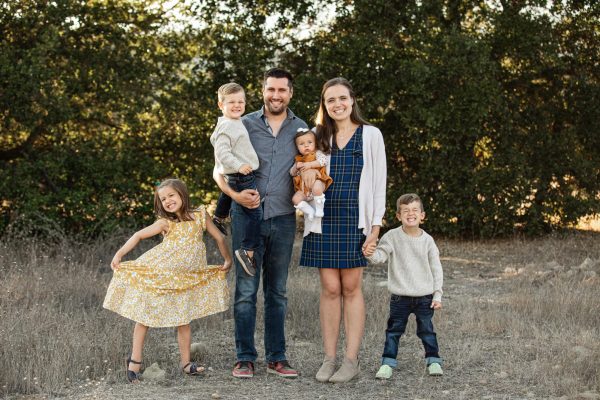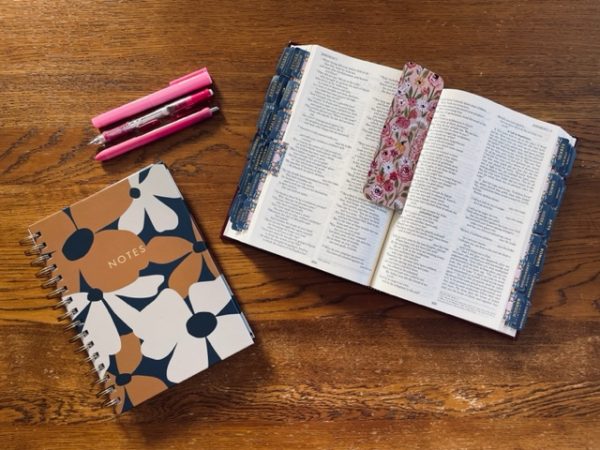Dual Enrollment as a Homeschooler
October 3, 2018
From comments about lack of socialization, to the many stigmas homeschooling holds, there are many challenges that homeschool students endure. That’s not to say there are fewer pros than cons, for one upside to homeschooling is dual enrollment.
Dual enrollment is a program for teenage students to earn college credit while still in high school. For example, high-school students who excel in math have the opportunity to partake in higher level math while gaining transferable college credit. The best part is, college courses for dual enrolled students is often free.
While dual enrollment is something that most people have heard about, it is typically only academically driven teens from preparatory schools that partake in its advantages. But, more often than not, homeschooling students have a head start over the average high-school student.
Many falsely believe that homeschooling students are inadequately prepared for college-level courses merely because homeschoolers lack the classroom experience. While it is true that the many homeschooled students have not had the classroom experience, countless students have.
In many cases, students are homeschooled until high-school or attend elementary school in a brick-and-mortar school and then transition to homeschooling starting in middle-school. Also, some homeschoolers attend co-ops, and with those classes, they get real classroom experience. Nevertheless, the idea that homeschooled students never have any classroom experience is unfounded.
For those homeschooled students who have never attended any class, dual enrollment can be an easy a transition. Not only that but homeschoolers typically claim that community college courses are seemingly far easier than their regular homeschool classes.
Homeschooled students tend to prioritize their learning journey very well because they are forced to take the initiative to finish assignments, whereas the average high-school student relies on the highly structured eight-hour school day. This is probably why homeschooled students typically find dual enrolling pretty straightforward; they know how to prioritize their learning and make it work within the boundaries of their schedules.
















